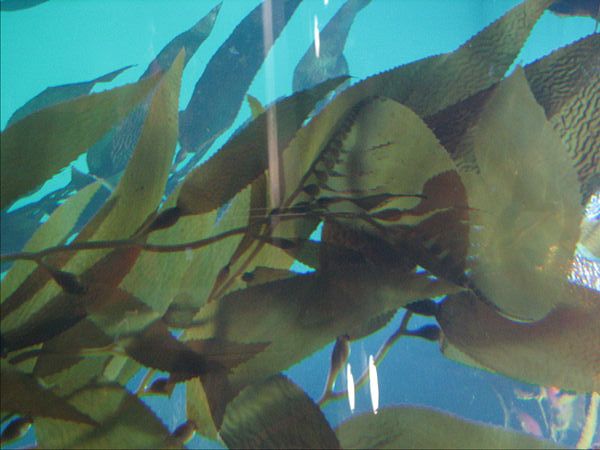Given the current levels of industrialization and its impact around the world, the very scope of a localized natural disaster can actually expand and have its consequence globally. This adverse trend was aptly exhibited by the Fukushima Daiichi nuclear disaster and its after effect in the international economy. However, beyond just the monetary ambit, scientists have now found out fresh evidence of nuclear fallout in places as far as the California kelp beds.

Marine biology professors Steven L. Manley and Christopher G. Lowe from California State University, Long Beach (CSULB) have studied a number of ocean kelp beds in the shore area. They have almost unanimously found a major contaminant, borne directly by the rainstorms across the ocean.
This contaminant is a radioactive isotope known as iodine 131, which was actually expected to be found, given the high propensity of underwater kelp to accumulate iodine. According to the scientists, their levels were very low to directly affect humans, partly corresponding to their short half life period of only 8 days. However, smaller organisms such as fishes which graze on the kelp tissue may have suffered, because of their intrinsic nature of iodine utilization by the thyroid glands.
Moreover, this small scale study has not been fully comprehensive in covering all the contaminants. In fact, Manley noted that a second contaminant like cesium 137 may still be found existing in the eco system, which has an extended half life period of 30 years. In this respect, the team hopes to gather a more standardized monitoring group in the future, so that they can deal with the mitigation measures of such toxic components affecting American coasts.
Via: EverythingLongBeach




